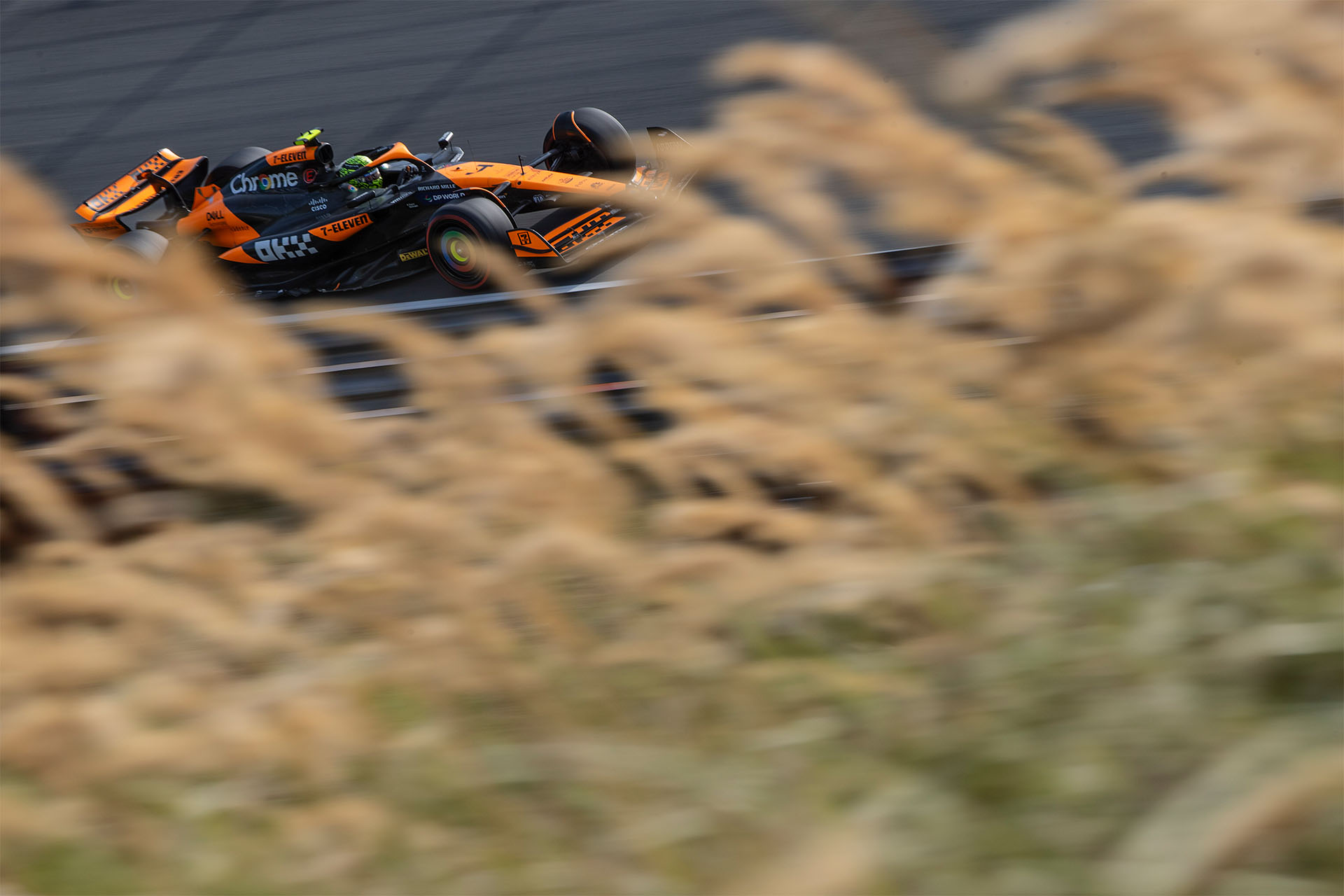Why we love the Dutch Grand Prix
We’re obsessed with the banked corners at Zandvoort.
Our counterparts at Arrow McLaren are no strangers to banked corners, which are commonplace in the NTT INDYCAR SERIES, where they regularly race on oval tracks, but they’re a rarity in modern F1, where we race on a combination of road courses and city tracks.
Zandvoort is unique in this aspect, presenting drivers with a different set of challenges to tackle. The Dutch circuit’s banking peaks in two places, firstly at Turn 3 and then again at the final corner, both of which are around 18 degrees – roughly double that of the banking at the Indianapolis Motor Speedway.
How steep is the banking at Zandvoort? 🧗
Yes.#DutchGP 🇳🇱 pic.twitter.com/A6OTfaJbP1
— McLaren (@McLarenF1) August 24, 2023
Banked corners are interesting in part because they change F1’s traditional racing line, providing drivers with different options: they could take a tighter apex or run higher up the banking to carry more speed.
It also increases the stress on the tyres. F1 cars are designed to race on relatively flat circuits, and their tyres are purposefully devised to degrade over the course of a race. The higher forces when racing on banked corners not only increase tyre wear but also spread it unevenly, given that the car is cornering at an angle.
Additionally, drivers have to contend with higher vertical G-forces on entry and exit. This not only impacts them physically but also means braking points, steering, and balance are harder to judge and makes mistakes harder to correct due to the extra forces on them.
It also poses various setup questions for the team, as the banking requires more downforce than the narrow and winding sections of the circuit – and teams can’t have both.
